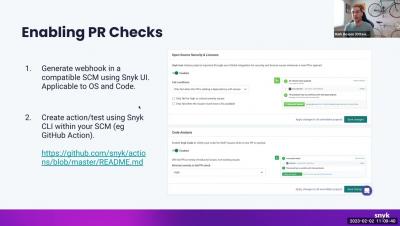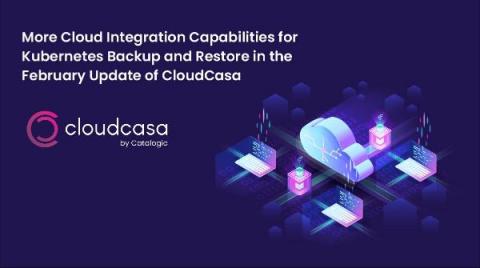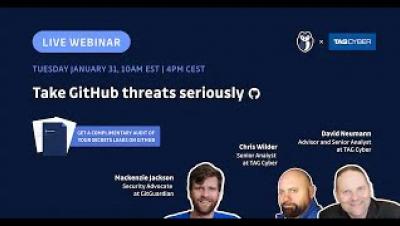Security | Threat Detection | Cyberattacks | DevSecOps | Compliance
DevOps
Mend Bitbucket Cloud Integration
Dev-First Prevention Strategies
More Cloud Integration Capabilities for Kubernetes Backup and Restore in the February Update of CloudCasa
Mid-winter is fast approaching, meaning it’s nearly time to start thinking about spring again! But here at Catalogic all we’ve been thinking about lately is adding more features to CloudCasa. We were thrilled to hear that CloudCasa has been named a Kubernetes data protection leader and outperformer in the recently released GigaOm Radar for Kubernetes Data Protection Report, but we have no intention of resting on our laurels!
Software and AppSec Challenges and Opportunities in Banking and Fintech - Part Three
Application security is particularly important in the banking and financial technology sector, where a single breach can put large portions of sensitive information at risk. How to manage that risk is a complex process that affects how teams secure applications across their software supply chain.
Security gaps in a Managed Kubernetes Environment
AI-Generated Infrastructure-as-Code: The Good, the Bad and the Ugly
With the rise of OpenAI’s GPT-3, ChatGPT and Codex products, as well as GitHub’s CoPilot and numerous competitors, today we’re seeing developers experimenting with AI to help augment their development workflows. While at first these efforts focused on more commonly used programming languages, such as Javascript and Python, the AI use cases are now expanding to Infrastructure-as-Code (IaC) configurations.











